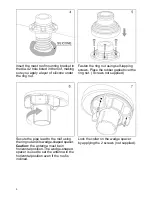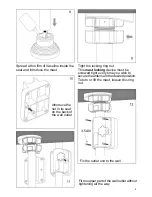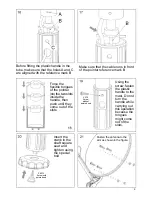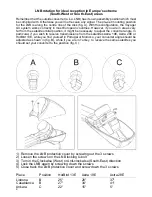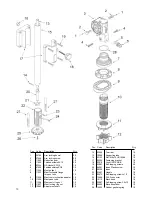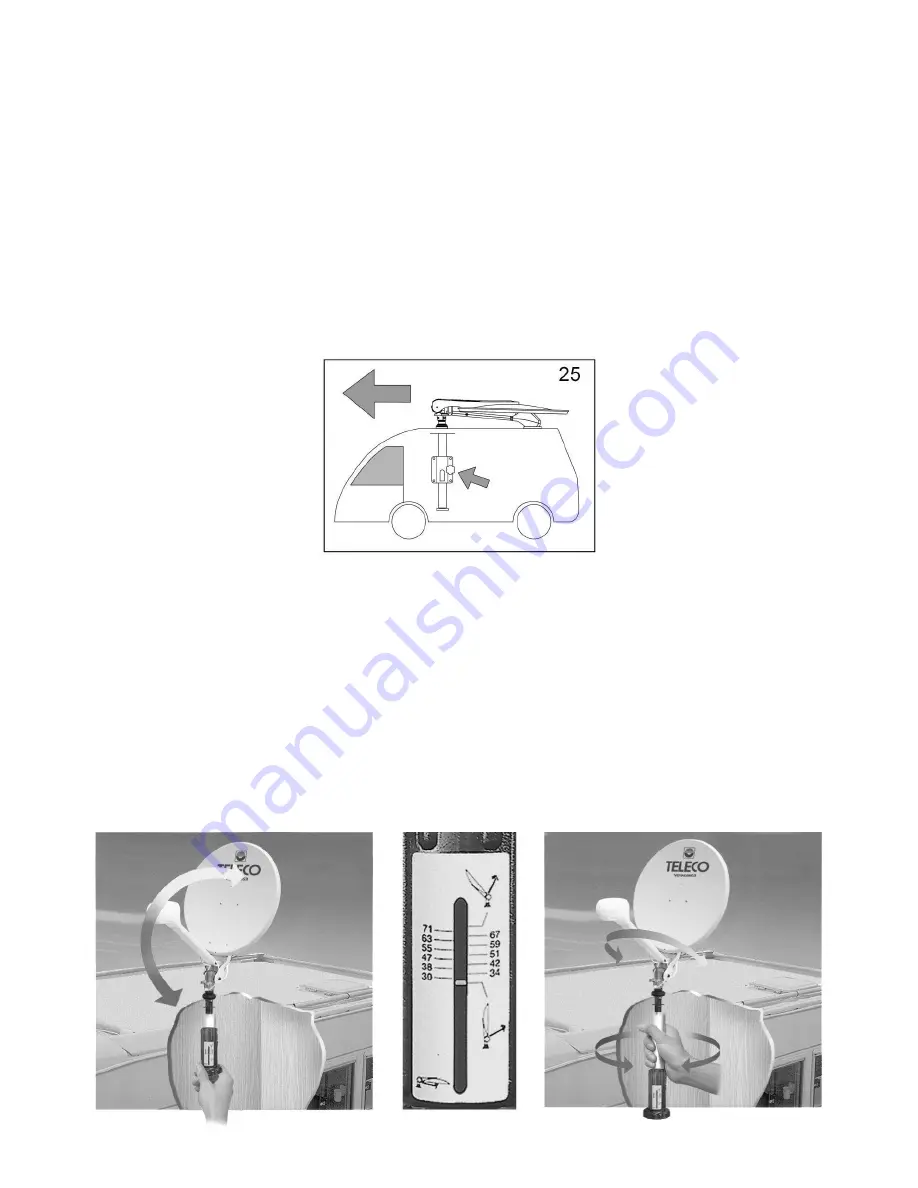
1) Prepare your satellite receiver and television for reception by following the relevant
manufacturers’ instructions.
2) It is critical to make sure that there are no obstacles (e.g. houses, trees etc.) between the
antenna and the satellite southwards.
3) Check in the table supplied the elevation relative to the town closest to the place where
you are located.
4) Turn the mast crank until the pointer is brought to the required elevation value.
N.B.:
The values shown on the graduated scale are provided for reference only and they
should only be considered as a guide to facilitate antenna pointing.
5) Slowly turn the mast towards the right or the left until TV signals appear on the screen.
6) In order to optimize reception, execute fine adjustment of both the elevation angle
(crank) and the azimuth (mast).
INSTRUCTIONS FOR USE
USEFUL TIPS FOR BETTER SATELLITE SEARCH
Should you be unable to find the signal by following the procedure explained under items 1
through 6, we recommend to:
1) Turn the crank until the pointer is brought to the mark above the previously selected
mark (item 4), then turn the mast.
2) If no signal is displayed on the screen, turn the crank in the opposite direction, to bring
the pointer to the mark below the mark selected according to the instructions under
item 4, then turn the mast again.
3) Repeat the above operations by alternately positioning the pointer on the 2nd mark
above the reference mark first, then on the 2nd mark below the reference mark, and
so on, until you receive the signal.
Before starting the
vehicle, make sure you
have brought down the
antenna to its standby
position and tightened
the knob hard (fig. 25).
8
Summary of Contents for VoyagerG3 65
Page 1: ...INSTALLATION GUIDE AND USER MANUAL UK...
Page 16: ...26 09 2014...




